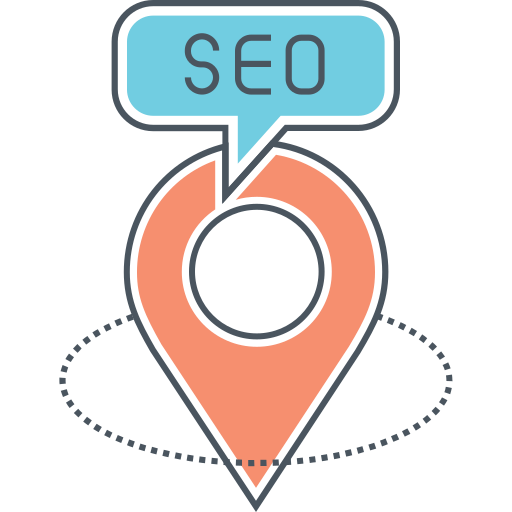15 Crawlability Problems & How to Fix Them
Crawlability problems are issues that prevent search engines from accessing your website’s pages. These problems can negatively impact your website’s visibility in search engine results, making it harder for potential customers to find your business online. In this article, we will discuss 15 common crawlability problems and provide solutions for fixing them.
1. Broken Links
Broken links are links on your website that lead to non-existent pages. Search engines have a hard time crawling and indexing pages with broken links, which can negatively impact your website’s SEO. To fix broken links, use a tool like Google Search Console to identify and update or remove them.
2. Duplicate Content
Duplicate content refers to identical or very similar content on multiple pages of your website. Search engines may have trouble determining which page to rank for a particular keyword if there are multiple pages with the same content. To fix duplicate content issues, use canonical tags to indicate the preferred version of a page.
3. Missing Meta Tags
Meta tags provide information about a web page to search engines. Missing meta tags, such as title tags and meta descriptions, can make it difficult for search engines to understand the content of your pages. Make sure to include relevant meta tags on all of your website’s pages.
4. Slow Page Speed
Slow page speed can hinder search engine crawlers from accessing and indexing your website’s pages efficiently. To improve page speed, optimize images, minify CSS and JavaScript files, and leverage browser caching.
5. Robots.txt Issues
The robots.txt file tells search engine crawlers which pages they can and cannot crawl on your website. Incorrectly configured robots.txt files can block search engines from accessing important pages on your site. Review and update your robots.txt file to ensure it is properly configured.
6. XML Sitemap Errors
An XML sitemap helps search engines discover and index all of the pages on your website. XML sitemap errors, such as missing or incorrect URLs, can prevent search engines from properly crawling your site. Regularly check and update your XML sitemap to fix any errors.
7. Mobile Usability Issues
With the increasing use of mobile devices, it is essential to have a mobile-friendly website. Mobile usability issues, such as unplayable content or small font sizes, can hinder search engine crawlers from accessing and indexing your site’s mobile pages. Use Google’s Mobile-Friendly Test tool to identify and fix mobile usability issues.
8. Redirect Chains
Redirect chains occur when there are multiple redirects between the initial URL and the final destination URL. These chains can slow down page load times and confuse search engine crawlers. To fix redirect chains, update your redirects to point directly to the final destination URL.
9. Thin Content
Thin content refers to pages with little or no valuable content for users. Search engines may not prioritize crawling and indexing thin content pages. To fix thin content issues, add more relevant and informative content to these pages.
10. Orphaned Pages
Orphaned pages are pages on your website that are not linked from any other page. Search engine crawlers may have difficulty finding and indexing orphaned pages. To fix orphaned page issues, create internal links from other pages on your site to these orphaned pages.
11. SSL Certificate Problems
An SSL certificate encrypts data transmitted between a user’s browser and your website. SSL certificate problems, such as expired certificates or mixed content warnings, can negatively impact your website’s crawlability. Ensure that your SSL certificate is up-to-date and properly configured.
12. Malware Infections
Malware infections on your website can harm your site’s reputation and hinder search engine crawlers from accessing your pages. Regularly scan your website for malware using security tools and remove any infections promptly.
13. JavaScript Rendering Issues
Search engine crawlers may have difficulty rendering JavaScript-heavy websites, leading to indexing issues. To fix JavaScript rendering issues, use server-side rendering or dynamic rendering to ensure that search engines can access and index your website’s content.
14. 404 Errors
404 errors occur when a page is not found on your website. These errors can negatively impact your website’s crawlability and user experience. To fix 404 errors, set up custom 404 error pages with helpful information and redirect users to relevant pages.
15. Internal Linking Problems
Internal linking helps search engines discover and index all of the pages on your website. Internal linking problems, such as broken internal links or orphaned pages, can hinder search engine crawlers from accessing important pages on your site. Review and update your internal linking structure to ensure all pages are properly linked.
In conclusion, crawlability problems can have a significant impact on your website’s visibility in search engine results. By identifying and fixing these common crawlability issues, you can improve your website’s SEO performance and make it easier for potential customers to find your business online.

![25 Best AI Social Media Tools to Try in 2024 [Tested Manually]](https://static.semrush.com/blog/uploads/media/d3/fa/d3fa26ef671a81b194bb3a41e73beee4/2c7e96d0d6ae1b7d2f993bdabf9b179b/25-best-ai-social-media-tools-to-try-in-2024.svg)

![The 10 Best AI Writing Tools to Try in 2024 [Tested Manually]](https://static.semrush.com/blog/uploads/media/3a/5e/3a5e0f6ec47a1d4e3495cf6c7a6194d5/8aee055881d17f9c5a0e1ed29dc749fb/the-10-best-ai-writing-tools-to-try-in-2024.svg)
.svg)
